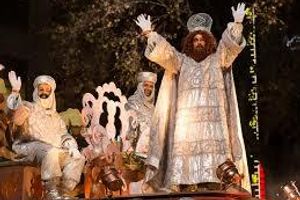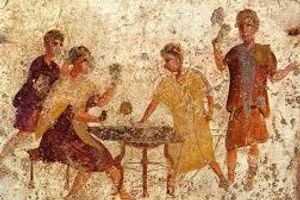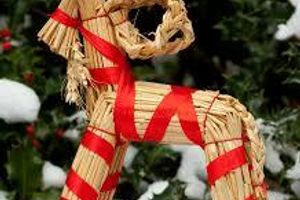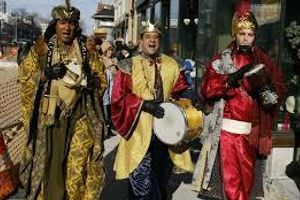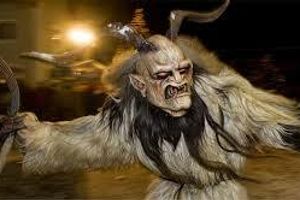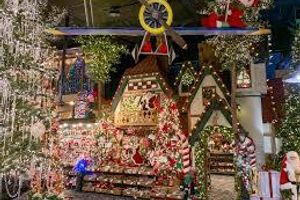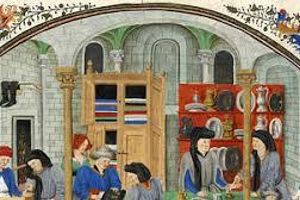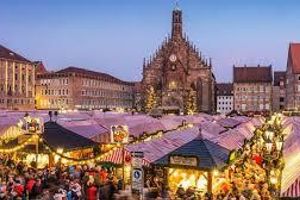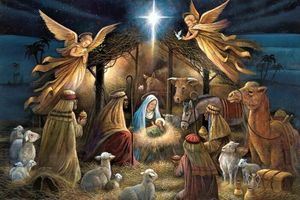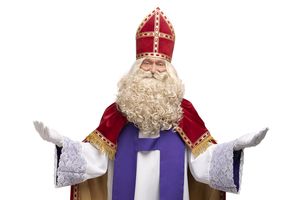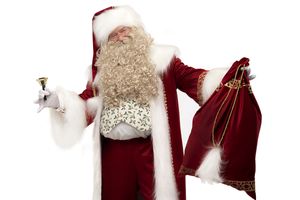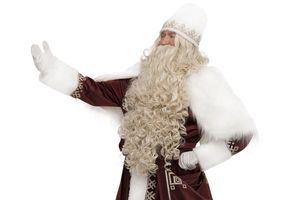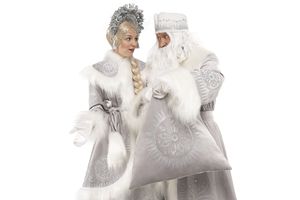How the Tradition of Setting Up a Christmas Tree Began
The Christmas tree is one of the most well-known and beloved symbols of Christmas celebration around the world. It decorates our homes, creates a festive atmosphere, and brings families together. But where did this tradition come from, and how has it evolved over the centuries? Let's dive into the history of the Christmas tree and explore its evolution.
Pagan Roots
Ancient Rituals and Symbols
The tradition of decorating trees has its roots in ancient pagan rituals. In many ancient cultures, trees symbolized life, fertility, and renewal. For example, the Celts had a tradition of hanging various decorations on trees during the winter solstice celebrations. This festival marked the shortest day of the year and symbolized the birth of the new sun.
Yule Celebration
In Scandinavian countries, during the celebration of Yule, dedicated to the god Odin, people also decorated evergreen trees. Evergreen plants symbolized eternal life and rebirth. People hung food, handmade items, and candles on the trees to welcome the return of light.
Influence of Christianity
Introduction of New Traditions
With the advent of Christianity, many pagan traditions were adapted to the new religious holidays. One such tradition was the decoration of trees, which eventually became a symbol of Christmas celebration. In medieval Europe, the first records of setting up and decorating trees during Christmas appeared.
Early Christian Symbols
In early Christian communities, decorated trees symbolized the Tree of Life and Paradise. They reminded people of the Nativity and the new life brought by the Savior. These symbols became an important part of Christmas rituals.
Emergence of the Christmas Tree in Germany
The First Documented Christmas Tree
The first documented Christmas tree appeared in Germany in the 16th century. There is a legend that Martin Luther, the famous church reformer, was the first to decorate a tree with candles to show his children how the stars shined in the night sky. This was a symbolic representation of the Star of Bethlehem, which led the wise men to the newborn Jesus.
Development of the Tradition in Germany
Over time, the tradition of setting up and decorating trees spread throughout Germany. It became an integral part of Christmas celebrations. People decorated trees with candles, fruits, nuts, and other symbolic ornaments.
Spread of the Tradition in Europe
England and Queen Victoria
The tradition of setting up Christmas trees spread to other European countries thanks to Queen Victoria of England and her husband, Prince Albert, who was from Germany. In the 1840s, they began setting up a tree in their palace, and this tradition quickly gained popularity among British aristocracy and eventually among the general population.
France and Christmas Traditions
In France, the tradition of setting up Christmas trees also spread quickly, especially in the regions of Alsace and Lorraine, which had close cultural ties with Germany. The French decorated trees with sweets, candles, and paper ornaments.
Arrival of the Christmas Tree in America
Settlers and New Traditions
The Christmas tree arrived in America with settlers from Germany and other European countries. In the 19th century, the tradition of decorating a tree became popular among Americans. One of the first documented instances of setting up a tree in America was in Williamsburg, Virginia, in 1842.
Popularization Through Media
In the 20th century, the Christmas tree became even more popular thanks to the media. Photographs and illustrations of decorated trees were published in newspapers and magazines, promoting its popularity among the general public.
Modern Christmas Trees
Decorating Traditions
Today, Christmas trees are decorated in various styles and with a wide range of materials. Classic decorations include candles, ornaments, glass balls, garlands, and various toppers in the shape of stars or angels. Modern trends include the use of eco-friendly decorations and LED garlands.
Symbolism and Meaning
The Christmas tree remains a symbol of joy, hope, and unity. It brings families together and creates a festive atmosphere. For many people, decorating the tree is an important family tradition passed down from generation to generation.
Conclusion
The tradition of setting up a Christmas tree has a long and fascinating history, rooted in ancient pagan rituals and gradually evolving into an important part of Christian celebrations. Today, the Christmas tree is an integral attribute of Christmas, bringing joy and light into our homes.















